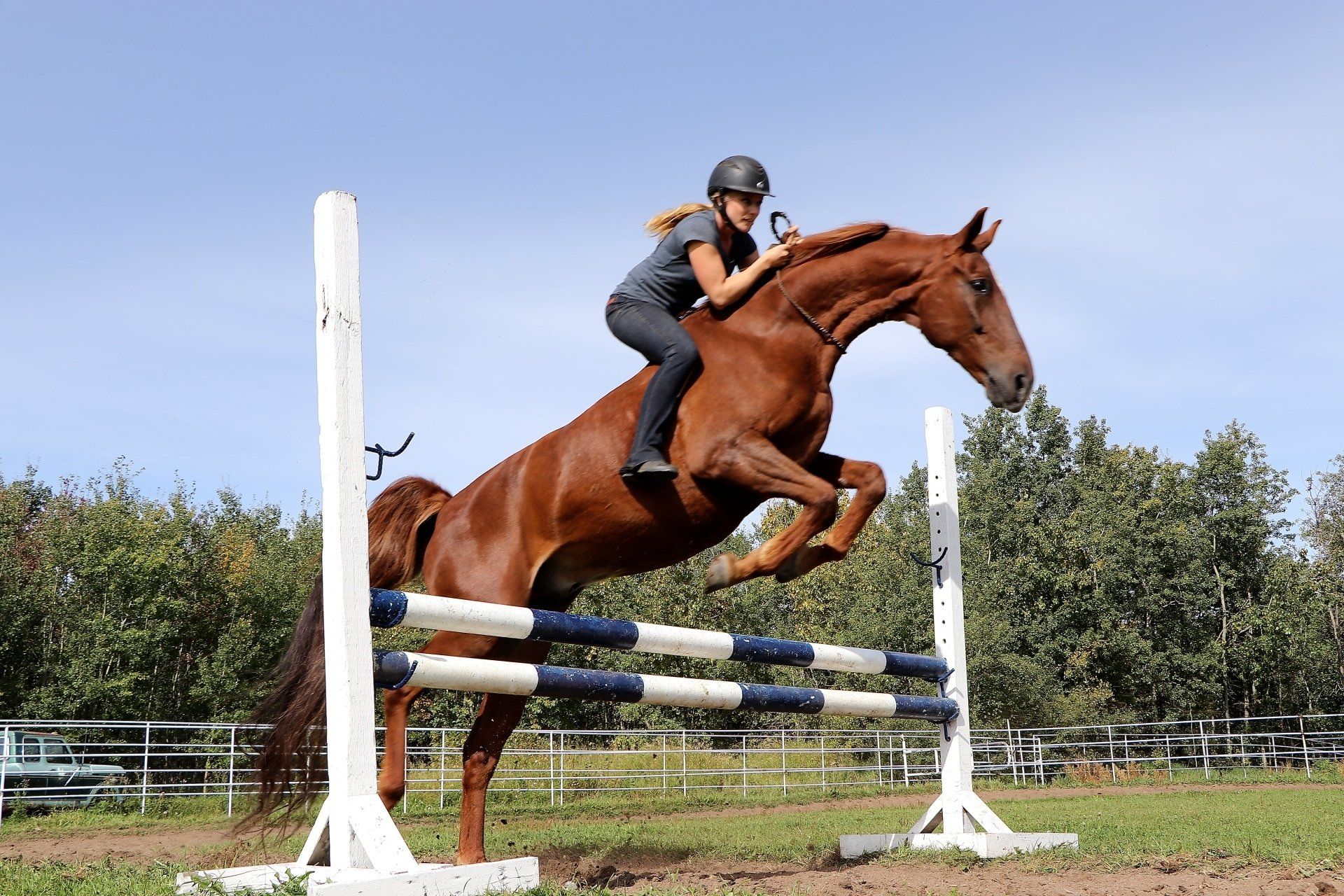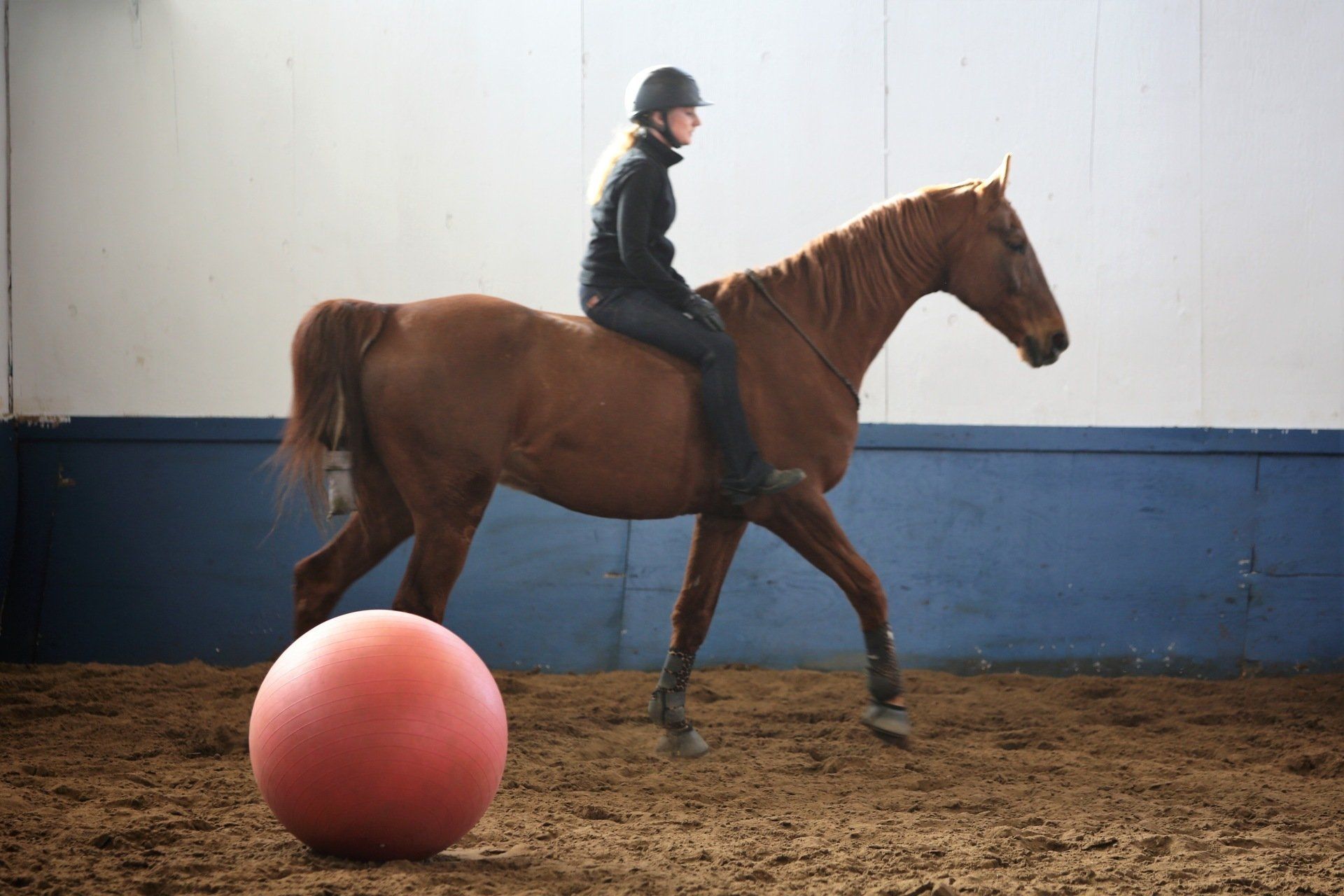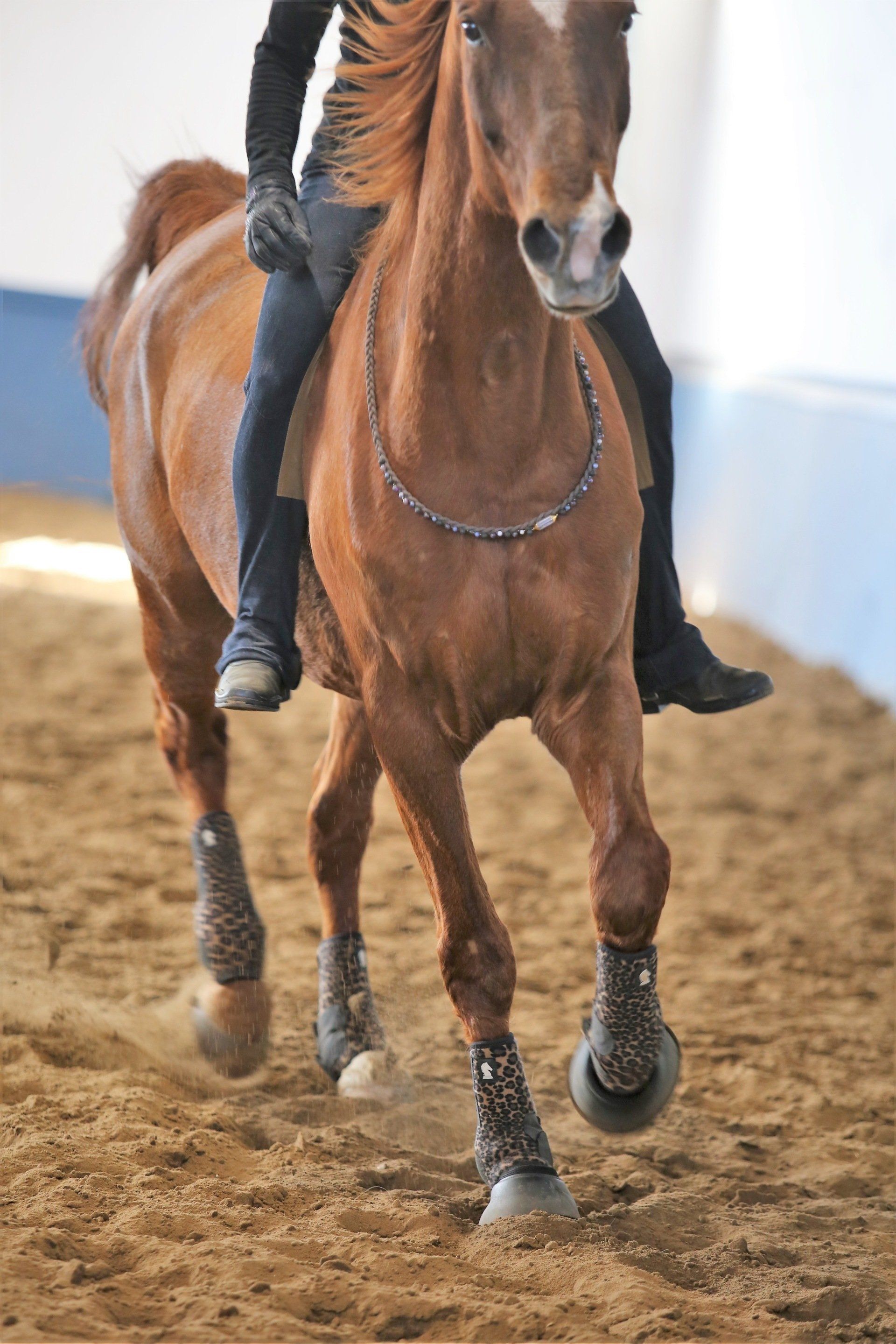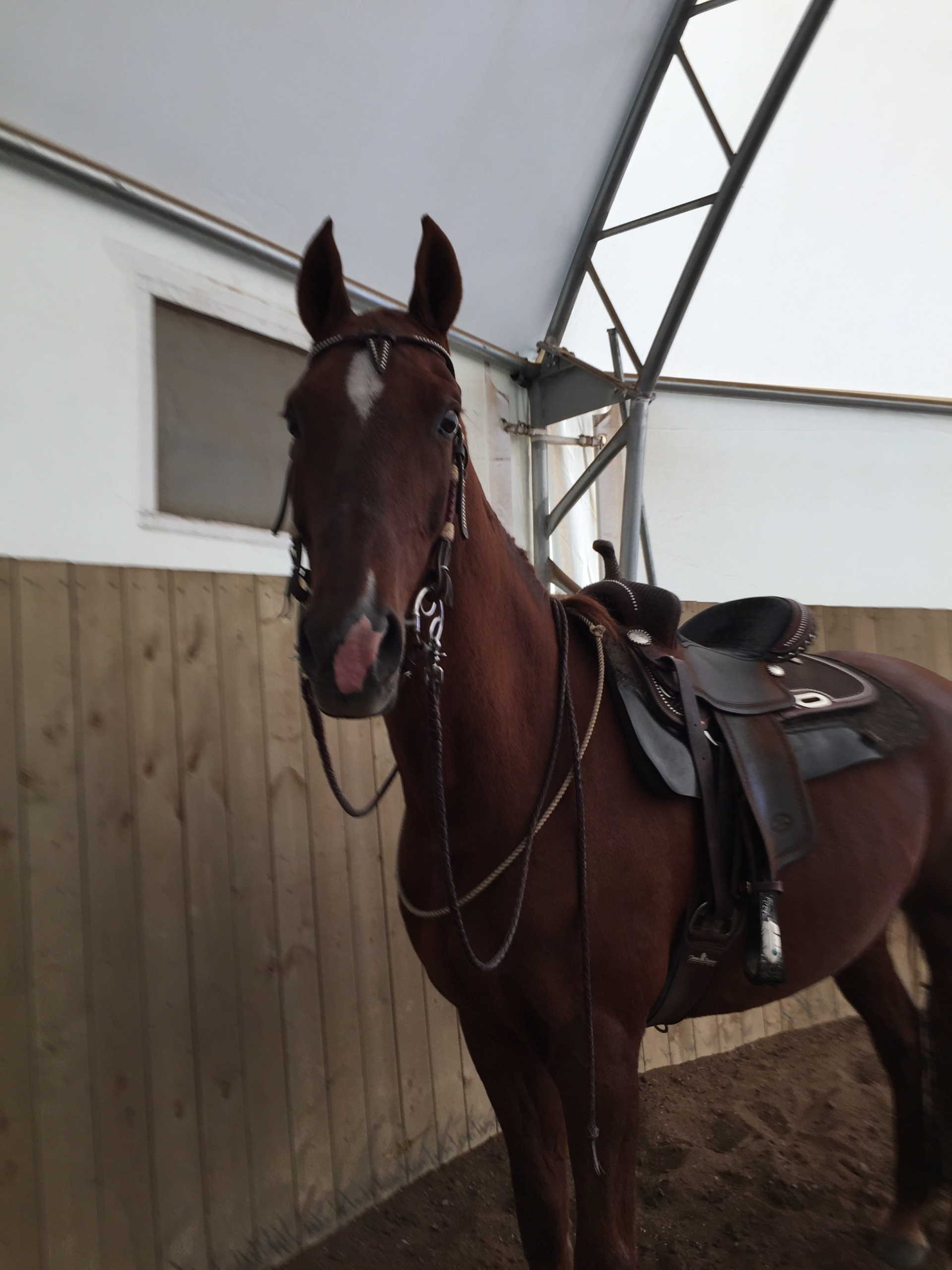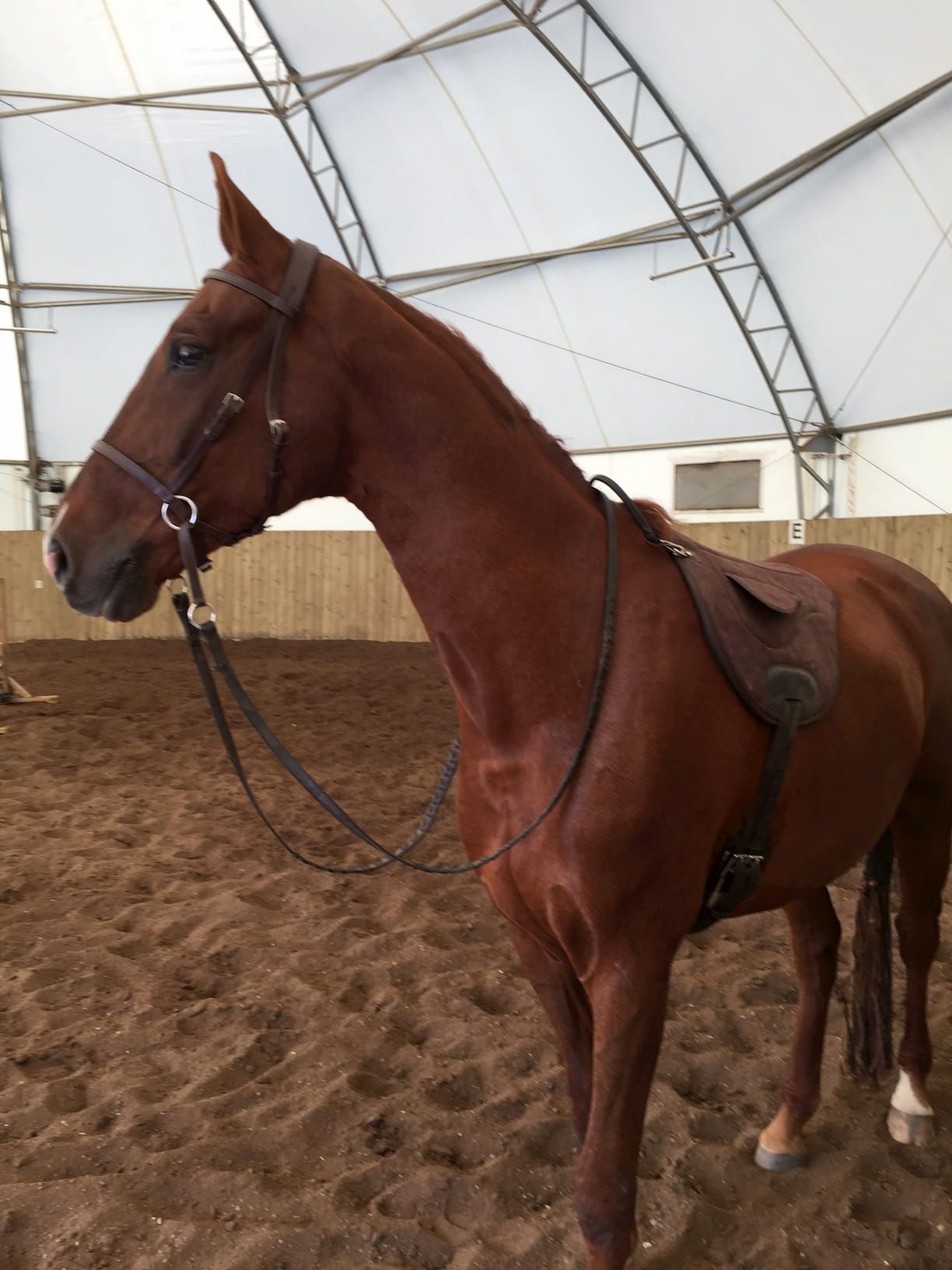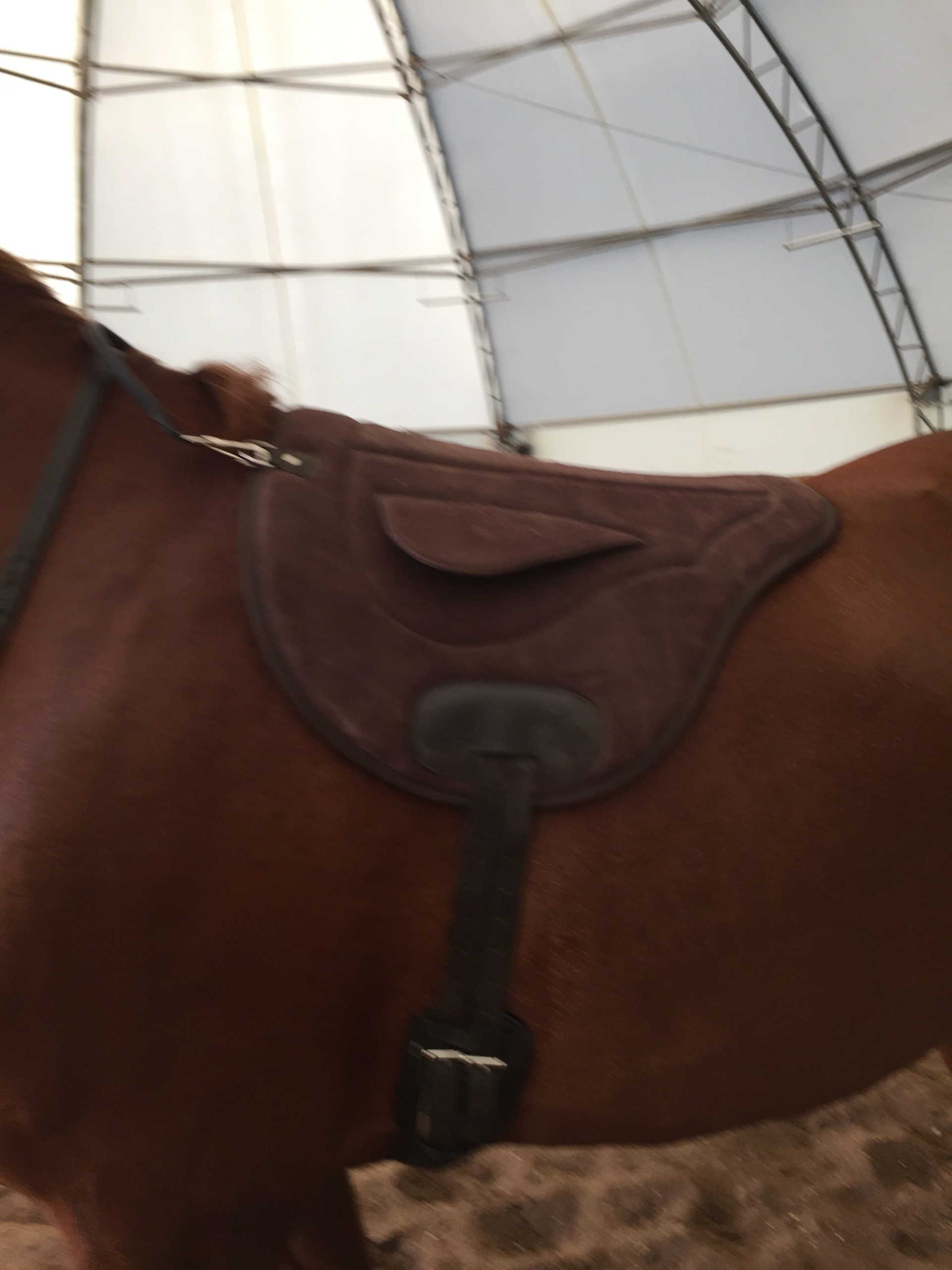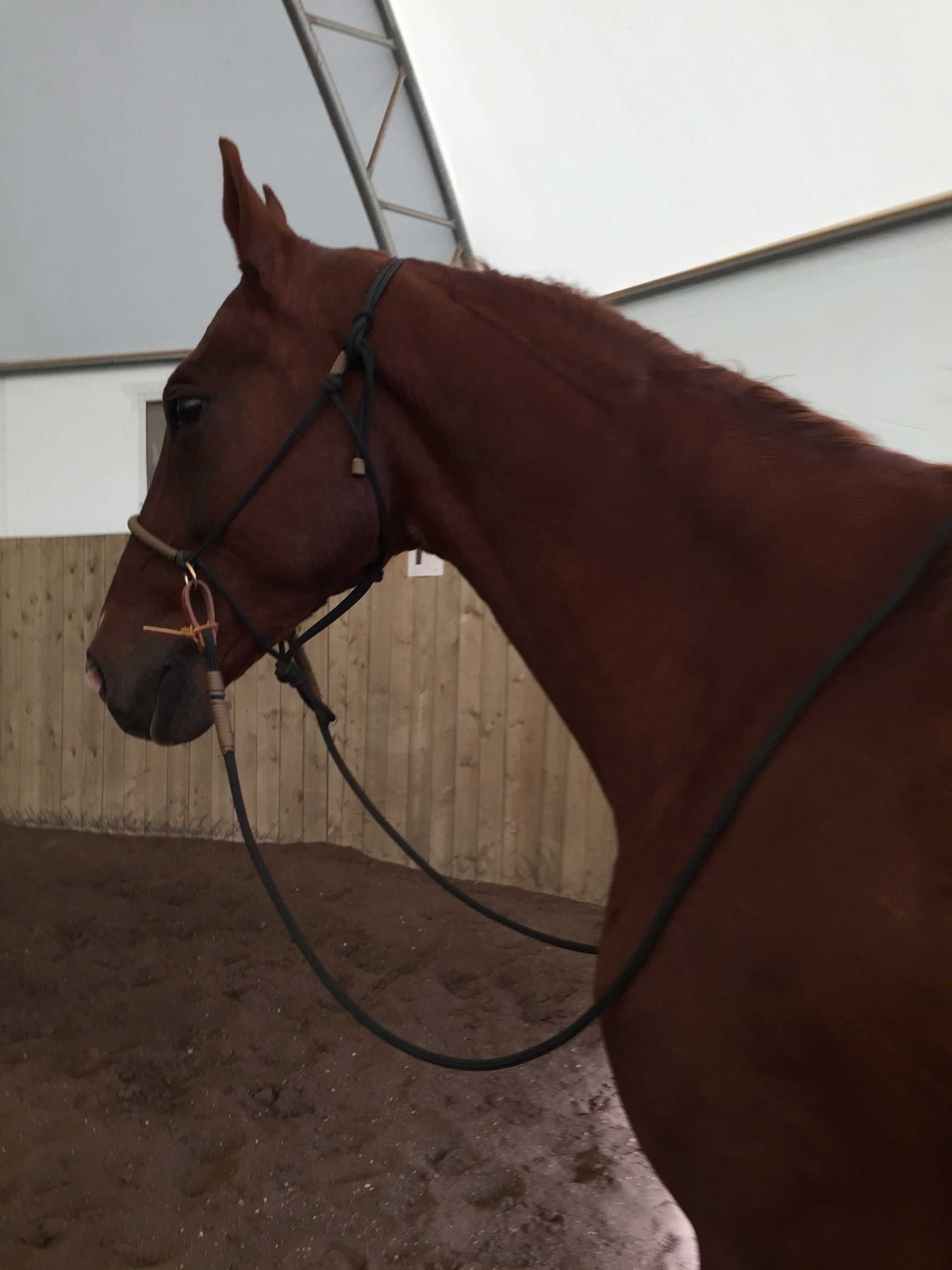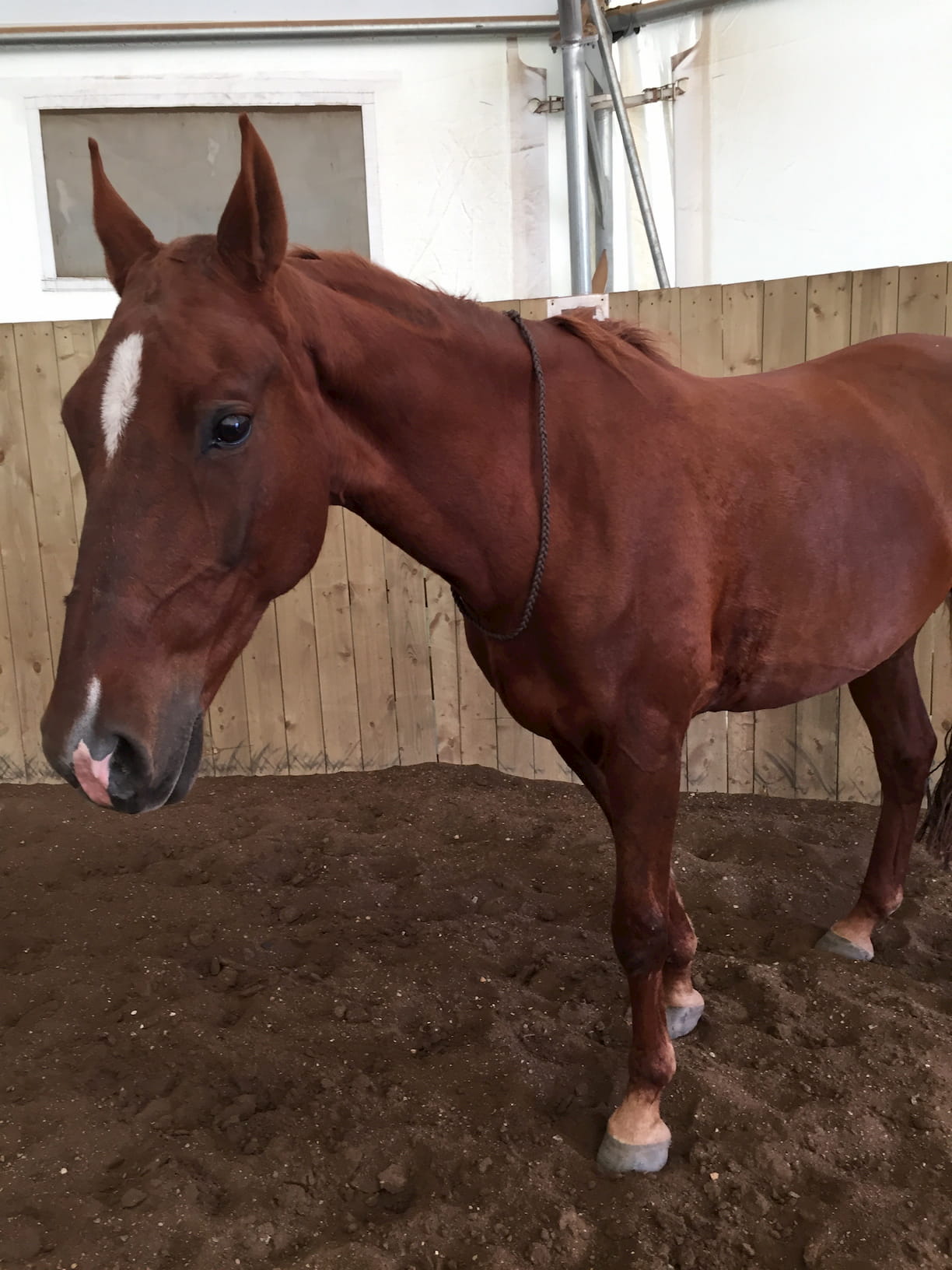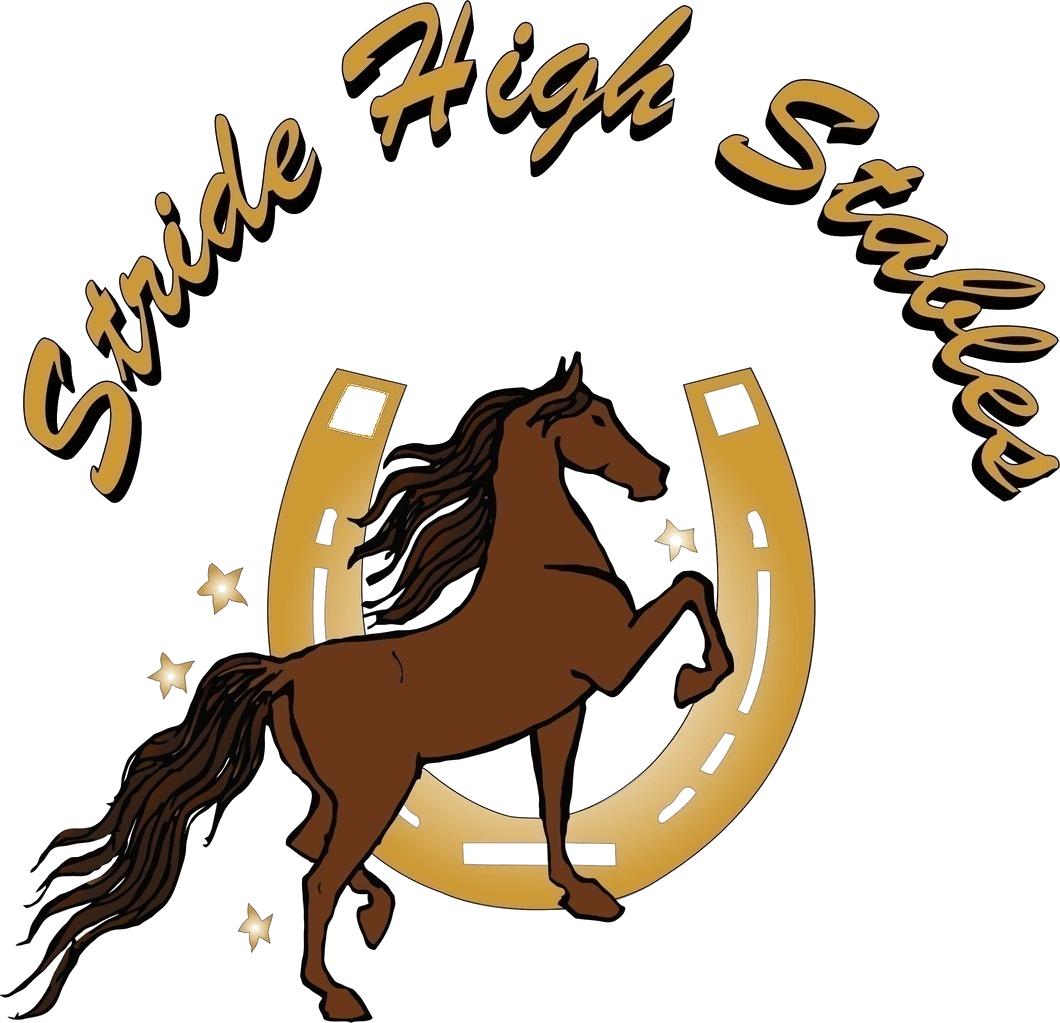Liberty Riding
LIBERTY RIDING
LIBERTY RIDING
To be on the back of a horse with no saddle, bridle or rope creates an indescribable feeling of oneness. It is a bonding connection based on a trusting agreement between two very different species. It is prey and predator having to communicate in such an intricate dance of loyalty. There are no lies to be had if one wants to be successful. There is only the intention of compassionate rhythm and a dynamic understanding that one must become part horse. To feel the heartbeat and breath of the horse and for them to mesh with your very own heartbeat and breath brings with it the present moment.
Present Moment
Half the battle of successful liberty riding is being able to be truly living in the present moment. If we, as predators want to better understand a prey animal like the horse, we need to understand their language. A prey animal must live in the present moment at all times in order to survive. If they are busy worrying about the past or the future and are not on guard as to what is going on around them, they are susceptible to predators. It can be very tough for humans to stay in the present moment with our crazed busy lifestyles and a horse can feel our stress and tension when we are not focused on the present. Learning to let go of our daily hardships, stop worrying about our past and future and to breathe more consciously we help to release our tension and allow us to be in touch with our own vulnerability like the horse. Surrender a little to life. Enjoy the smells of your horse, the sounds of its hoof beats, the feel of its muscles and how magnificently beautiful they are. Remember how lucky we are to be in their presence.
A Good Relationship
A good relationship is always built on trust. Trust for the horse is surrounded by words such as compassion, consistency, leadership, calmness and confidence. This trust also comes not just with our interactions with our horses but whom we entrust the care of or training of our horses. A good relationship is developed effectively on a Holistic level that embodies body, mind and spirit. The history of the horse shows them to be very spiritual and sacred beings. They thrive on having purposeful purpose and long for interactions where teaching goes both ways. Hence why they are wonderful and very effective therapeutic healers.
A good relationship comes from compassionate leadership and understanding the horses, in other words as defined as good horsemanship. Horses want to follow a good leader. Without understanding good horsemanship, we as humans can inadvertently put our horses in the leadership role but once a horse trust us as a good leader they can really relax and have a more harmonious relationship with us. Good horsemanship starts on the ground and if done with compassionate consistency will shift right into when we are riding. With just a rope halter and or training tools such as a whip, does your horse willing move all body parts when asked? Can you do this with the softest cue as possible? Is your horse respectful of your space at all times and is it enthusiastic about what you were asking it to do? They should want to do what you ask of them, not to do it because they have to. If you can’t achieve your goals on the ground, you probably won’t be able to achieve them while you are riding. Is your horse able to just “be” without fidgeting or moving? The key is to be consistent with every moment you spend with your horse, not just in the arena or in a lesson. This consistency also plays a huge part when others work with your horse. How do other caretakers or your trainer interact with your horse? Your horse can begin to lose trust in you even if your trainer or other caregivers are not consistent with what Horsemanship you are doing with your horse.
Horsemanship Through Leadership
We often get asked what kind of training it is that we do. My answer is usually a combination of various different methods, but generally relationship based, using positive leadership/holistic type methods. I have observed and experienced that the ultimate success comes from good leadership established with dogs, horses and their people. I believe that you know when good leadership has been established when those that we work with do so because they "want" to not because they "have" to. Situations are "allowed" to happen and not "made" to happen. When we make things happen it sets us up with the intention of forcing, which in turn can easily turn into more aggressive type methods. If we set situations up for the ultimate success we then can allow learning to happen because it is wanted.
Good leadership is established through Compassion, Confidence, Calmness and Consistency. Using all these things in conjunction with each other will allow good communication between, people, horses and or dogs. Good leadership is not established through aggression, coercion or force, though these methods are commonly used. It's about creating assertive boundaries by being confident, consistent and calm and having empathy for every situation. Having empathy does not mean, as a good leader, you cannot be assertive. It means you approach situations with understanding.
COMPASSION
comes from empathy. Being empathetic is not to be confused with weakness or instilling our human emotions onto the horse. It simply means we take a moment to understand how the horse is feeling or dealing with themselves, us or a situation. Having empathy allows us to take a moment and really ask why our horse is doing what they are doing. Then with that empathetic compassion, communication will become clearer.
CONFIDENCE
comes through knowledge and being open to all knowledge. To be truly confident you need to believe in yourself and others. But you don't need approval, attention or acceptance from others.
CONSISTENCY
comes through focus and to be attentive to everything ALL the time. Not just when it suits you, especially when working with animals. It's either black or white with no grey.
CALMNESS
comes from being in the present moment and self-healing. It comes from being able to just "BE". Calmness allows us to respond to situations rather than react too situations.
To be good all of the time at all of these things can be challenging and gets us to really look with in ourselves. To see great leaders at work that incorporate the three C's and that have passion and gratitude for what they do is truly amazing!!!
Ground Work Skills
A basic rope halter and 12 foot or 15 foot lead rope or recommended. The rope halters are generally designed to be finer than a flat nylon halter and have knots built in them that are strategically placed to put specific pressure points on the horses head when we apply pressure to the halter while we are training. Horses learn from the release of pressure. We apply pressure, then when the Horse gives us the desired response, we release the pressure. The reward is the release of pressure. The Rope halters design is a training aid to help us put the pressure on more effectively. A stick and string or a dressage length whip are also training tools that can be used to more effectively help us to put pressure on the horse but never to be used in a forceful way.
Main Skills for Ground Work:
- Lowering head
- Moving forward off of halter pressure (recall)
- Backing
- Moving the hind quarters
- Moving the shoulders
- Shaping the ribcage
- Side Passing
- Lunging at all gaits
Riding with Bridle and Saddle Skills (all done with little rein cues)
- Neck Reining (can use some hand cue on the neck for turning as well)
- Walk, trot/jog/canter/lope on cue and halt from all transitions without much rein
- Halt and back on cue
- Circles and direction changes at all gaits
Once your horse is good with you being able to ride them with a saddle and bridle at the above points then start this riding with using as little rein as possible and mostly your seat and legs then add a liberty ring or neck rope. This can be held with your reins or your reins still resting on the horse’s withers for security just incase you have to grab them. Remember to use your seat and leg positions to help you. I also add a hand cue on the horse’s neck as I neck rein. The hand lightly touches them on the neck where the neck rein would touch them on the neck. So if I am turning right I would use my hand cue lightly on the wither or neck of the horses left side to “push them over” or neck rein to the right.
Seat position 1:
pelvis tipped forward is cue to move forward
Seat position 2:
pelvis relaxed in center of the saddle/neutral
Seat position 3:
pelvis tipped back is cue to slow down and stop/back
Leg position 1:
at or in front of girth/cinch to move the shoulders
Leg position 2:
at cinch/girth to move ribcage or side pass
Leg position 3:
behind cinch/girth to move hindquarters
Once your horse is responding to the neck rope/ring, seat and legs and you have not had to pick up your reins then go to a bitless bridle or rope halter to ride in and a softer neck rope.
Once you get to the point where you don’t need to use the halter or bitless bridle its time to try without the bridle or halters and just use the neck ring. I like to use the neck ring first because it gives you the ability to neck rein better as the horse can feel it better. Once this gets good, then change to a neck rope in the same color as your horse.
When I feel confident to go bare back I put the bridle/rope halter/bitless with the neck rein/rope bridle back on the horse and the bareback pad. No spurs when you start this out! When you are riding confidently with the bareback pad then take the pad off and go bareback.
Last step is to take it all off and keep the neck rope on for security! Please always be safe and doing groundwork skills firsts gets your horse in the right frame of mind.
DVD Double Dan Riding Bareback and Bridless
Riding with a Rope Halter/Bridle and Liberty Ring
Bitless Bridle/Bareback Pad/Riding Rope Halter with Reins
Riding with just a liberty neck rope

